Researchers at Northwestern University's Institute for Catalysis in Energy Processing have discovered a new strategy for fabricating metal nanoparticles in catalysts that promises to enhance the selectivity and yield for a wide range of structure-sensitive catalytic reactions.
Feb 22nd, 2011
Read more
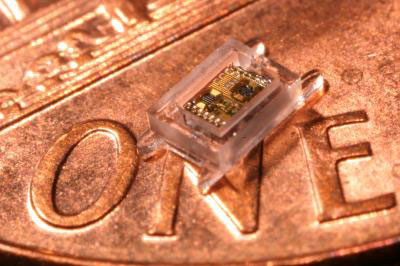 A prototype implantable eye pressure monitor for glaucoma patients is believed to contain the first complete millimeter-scale computing system. And a compact radio that needs no tuning to find the right frequency could be a key enabler to organizing millimeter-scale systems into wireless sensor networks. These networks could one day track pollution, monitor structural integrity, perform surveillance, or make virtually any object smart and trackable.
A prototype implantable eye pressure monitor for glaucoma patients is believed to contain the first complete millimeter-scale computing system. And a compact radio that needs no tuning to find the right frequency could be a key enabler to organizing millimeter-scale systems into wireless sensor networks. These networks could one day track pollution, monitor structural integrity, perform surveillance, or make virtually any object smart and trackable.
Feb 22nd, 2011
Read more
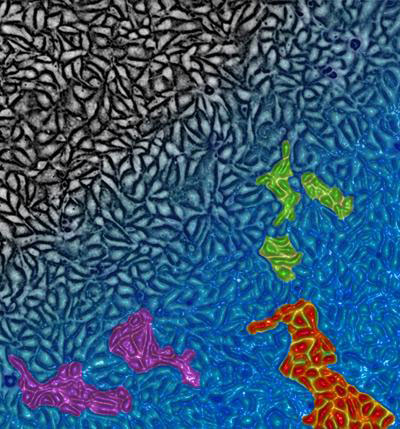 Harvard-led research advances understanding of wound healing, cancer metastasis, and embryonic development.
Harvard-led research advances understanding of wound healing, cancer metastasis, and embryonic development.
Feb 22nd, 2011
Read more
Researchers from North Carolina State University have developed a faster, easier way to create microelectrodes, for use in microfluidic devices, by using liquid metal. Microfluidic devices manipulate small amounts of fluid and have a wide variety of applications, from testing minute blood samples to performing advanced chemical research.
Feb 22nd, 2011
Read more
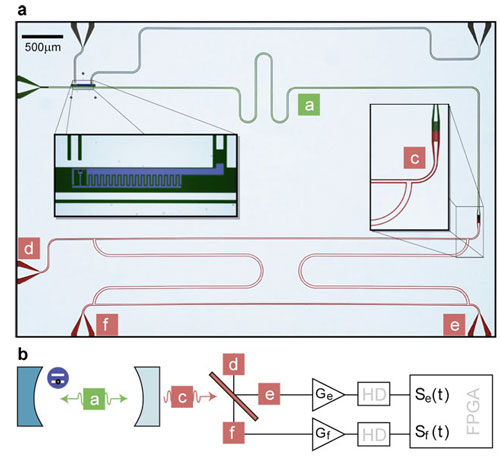 Photons in the microwave frequency range are important in quantum research - for quantum information processors, for example. Now, for the first time, researchers have achieved the controlled production of single photons in the microwave region and successfully detected them with highly sensitive measuring instruments - although they are 100,000 times weaker than the photons emitted by an electric light bulb.
Photons in the microwave frequency range are important in quantum research - for quantum information processors, for example. Now, for the first time, researchers have achieved the controlled production of single photons in the microwave region and successfully detected them with highly sensitive measuring instruments - although they are 100,000 times weaker than the photons emitted by an electric light bulb.
Feb 22nd, 2011
Read more
The World Gold Council today announced that it is to play a pivotal role in the transition of new gold-based innovations from 'lab' to 'market'. There has been an explosion of interest in the use of gold in science and technology, mainly driven by the emergence of nanotechnology, yet breakthroughs in research are slow to achieve commercial success due to lack of further targeted investment and support.
Feb 22nd, 2011
Read more
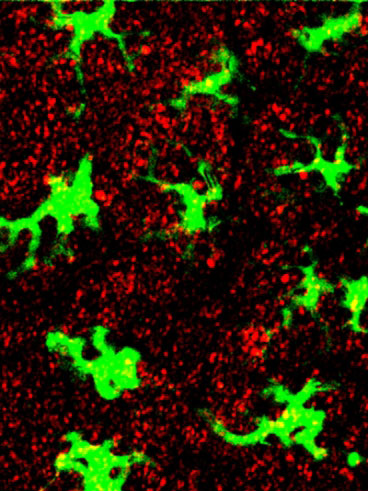 New MIT nanoparticles could lead to powerful vaccines for HIV and other diseases.
New MIT nanoparticles could lead to powerful vaccines for HIV and other diseases.
Feb 22nd, 2011
Read more
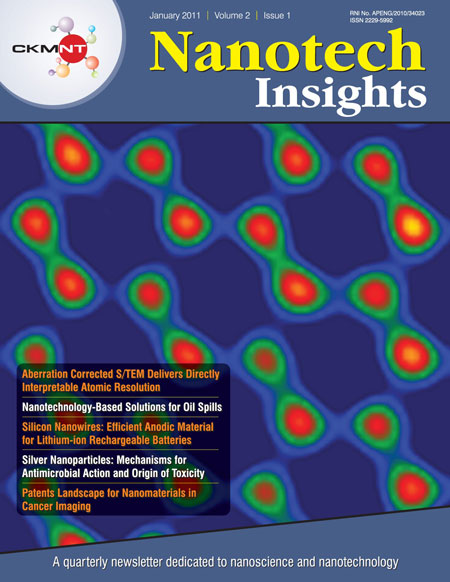 The first 2011 issue of Nanotech Insights, a quarterly newsletter dedicated to the field of nanoscience and nanotechnology, is now available from CKMNT.
The first 2011 issue of Nanotech Insights, a quarterly newsletter dedicated to the field of nanoscience and nanotechnology, is now available from CKMNT.
Feb 22nd, 2011
Read more
Working with a special kind of polymer called a block copolymer, a UB research team has synthesized a new kind of nanomembrane containing pores about 55 nanometers in diameter -- large enough for water to slip through easily, but too small for bacteria.
Feb 21st, 2011
Read more
Nanotechnology may open a new door on the treatment of liver cancer, according to a team of Penn State College of Medicine researchers. They used molecular-sized bubbles filled with chemotherapy drugs to prevent cell growth and initiate cell death in test tubes and mice.
Feb 21st, 2011
Read more
Plant photosynthesis depends on membranes, and human beings would be unable to hear without the membrane we call the eardrum. Could yet another membrane help rescue us from a climatic catastrophe?
Feb 21st, 2011
Read more
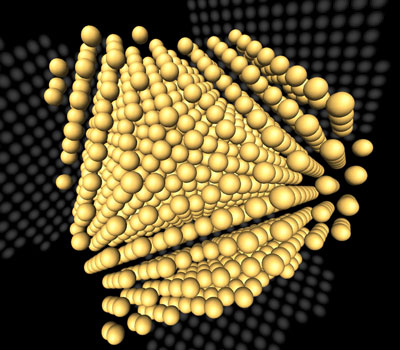 For the first time, scientists have managed to measure the atomic structure of individual nanoparticles. The experimental data could help better understand the properties of nanoparticles in future.
For the first time, scientists have managed to measure the atomic structure of individual nanoparticles. The experimental data could help better understand the properties of nanoparticles in future.
Feb 21st, 2011
Read more
The ESF Summer School Nanomedicine 2011 on June 19-24, 2011 in Wittenberg, Germany, has been designed to provide an intensive state-of the- art training across all of the sub-disciplines of Nanomedicine, and to foster discussion and exchange of ideas in a relaxed atmosphere.
Feb 21st, 2011
Read more
For the first time, a team of scientists from KIT and the Institut de Physique et Chimie des Materiaux de Strasbourg (IPCMS) have now succeeded in combining the concepts of spin electronics and molecular electronics in a single component consisting of a single molecule.
Feb 21st, 2011
Read more
The exiting book series Nanomaterials for the Life Sciences, successor to the highly acclaimed series Nanotechnology for the Life Sciences, provides an in-depth overview of all nanomaterial types and their uses in the life sciences.
Feb 21st, 2011
Read more
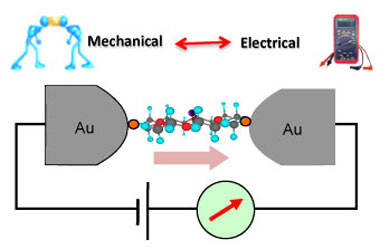 In research appearing in today's issue of the journal Nature Nanotechnology, Nongjian "NJ" Tao, a researcher at the Biodesign Institute at Arizona State University, has demonstrated a clever way of controlling electrical conductance of a single molecule, by exploiting the molecule's mechanical properties.
In research appearing in today's issue of the journal Nature Nanotechnology, Nongjian "NJ" Tao, a researcher at the Biodesign Institute at Arizona State University, has demonstrated a clever way of controlling electrical conductance of a single molecule, by exploiting the molecule's mechanical properties.
Feb 20th, 2011
Read more








 Subscribe to our Nanotechnology News feed
Subscribe to our Nanotechnology News feed